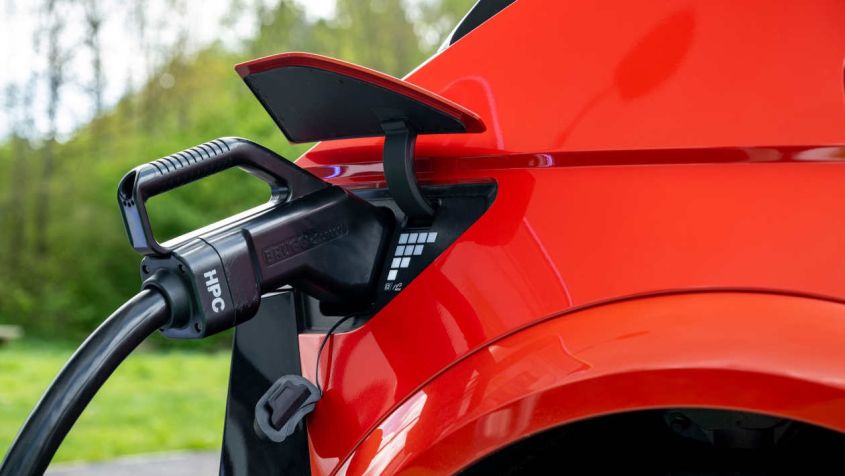UK's Electric Vehicle Charging Network Criticized for Inequality

- The UK's electric vehicle charging network is patchy and unequal
- Most chargepoints are installed in urban areas, leaving rural areas at risk
- The government is on track to meet its target of 300,000 public chargers by 2030
- Over 43% of current chargepoints are in London and the South East
- Insufficient chargepoints near major A-roads in rural areas
- Delays in chargepoint installation due to red tape and lack of investment
Introduction to the Issue
The UK's electric vehicle charging network has been criticized by the Public Accounts Committee for being patchy and unequal. The committee found that most chargepoints are being installed in dense urban areas, such as London, leaving rural areas at risk of being stranded.
The Chairman of the PAC, Sir Geoffrey Clifton-Brown, stated that the current rollout of chargepoints allows Londoners to easily navigate the capital, but the majority of the country is being left behind. The government is currently on track to meet its target of 300,000 public chargers by 2030, but over 43% of the units currently installed are in London and the South East.
Insufficient Chargepoints in Rural Areas
The PAC's findings revealed that there are insufficient numbers of public chargers located near major A-roads in the North, West, and South West. Furthermore, the government has yet to meet its target of having at least six ultra-rapid units installed at all 113 major motorway service stations, with only 70% of the stations currently meeting this requirement.
The previous Conservative administration pledged £950 million of public funds to strengthen the rapid charging network, but none of this money has been invested yet. Local authorities have also struggled to overcome red tape when implementing slow-speed chargers as part of the government's Local Electric Vehicle Infrastructure (LEVI) fund.
Delays and Inequality in Chargepoint Installation
Several projects have met delays, with only 10 of the 78 commissioned projects set to be completed by the end of the month. The PAC notes that many chargepoint operators may be less inclined to invest in certain areas due to a lack of financial incentives. The government's concept of ensuring a certain number of chargers per head may not work in areas that experience large influxes of tourists at certain times of the year.
The cost of using public EV chargers remains high, with those without charging facilities at home paying a premium to charge up. The PAC pointed out that the automotive industry and political parties such as the Liberal Democrats have called for a reduction in VAT on public charging from 20% to 5% to bridge the gap between public and domestic electricity rates.